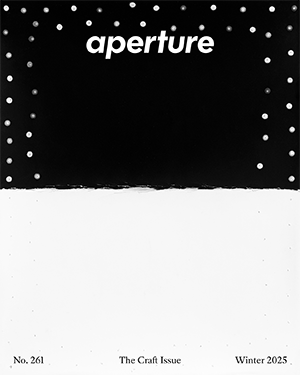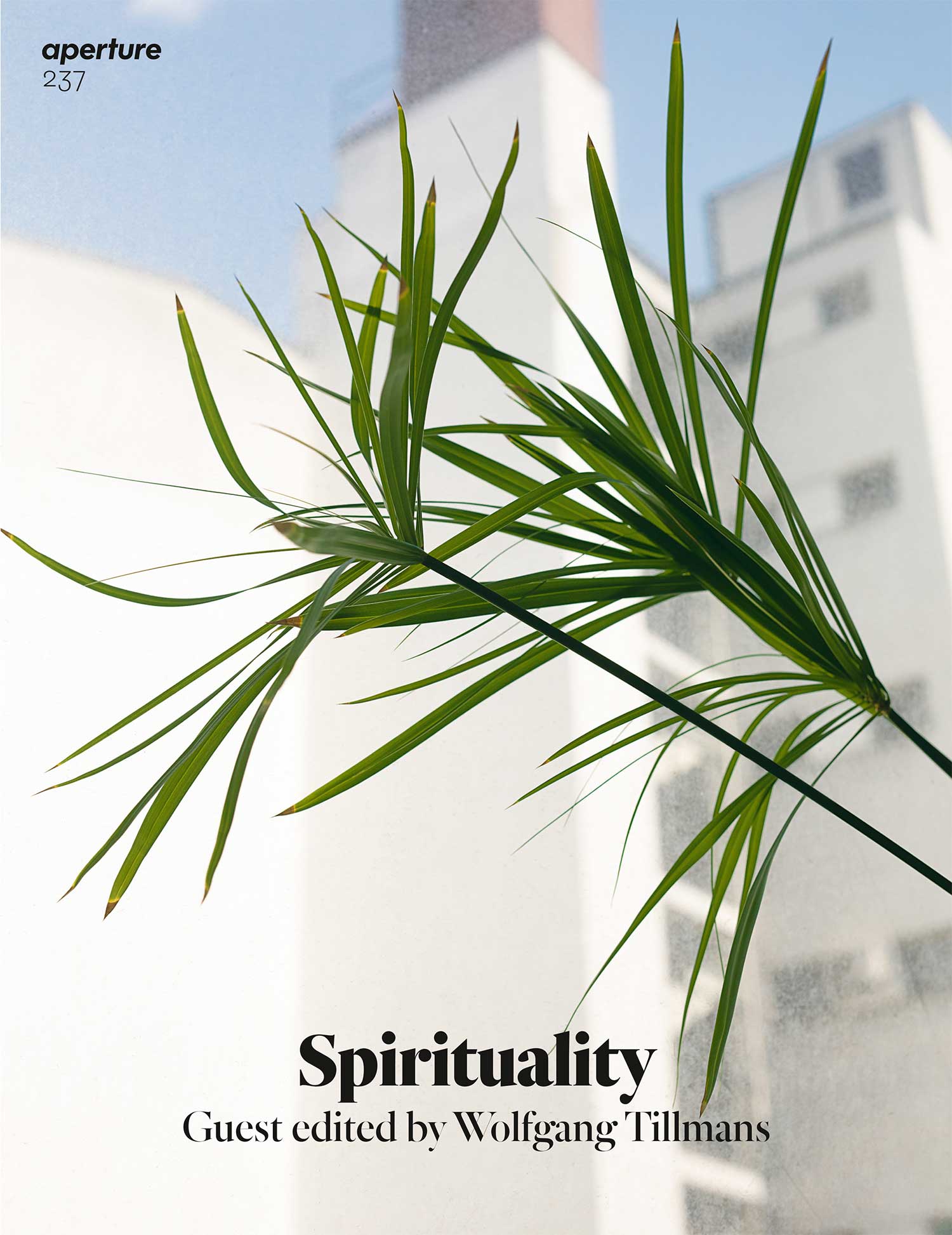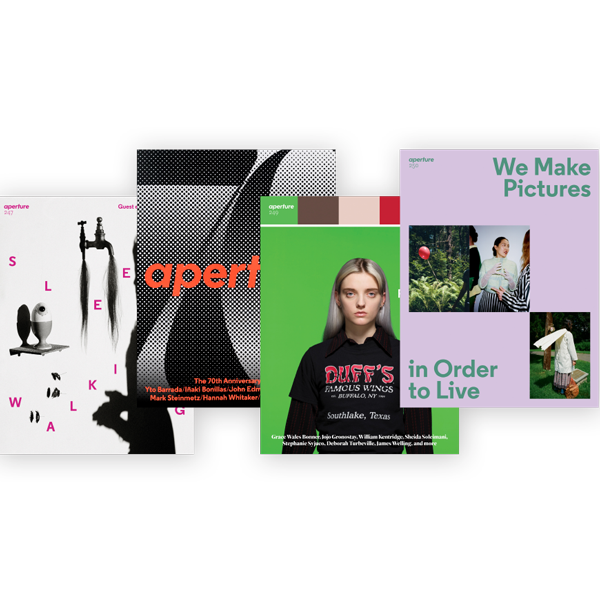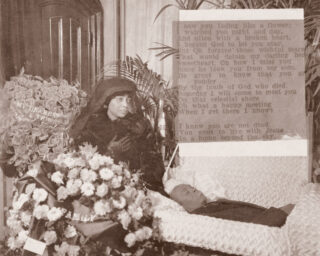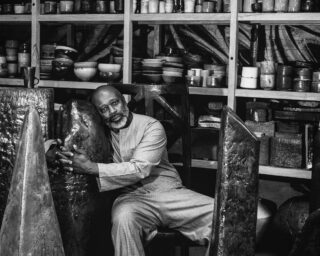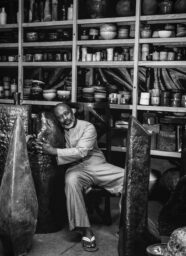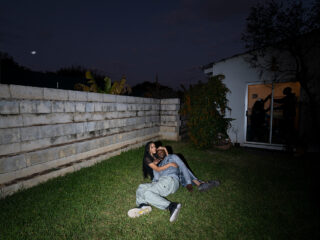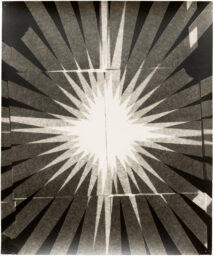Wolfgang Tillmans’s Democratic Vision of Photography
For Tillmans, whose work is the subject of a major new retrospective, art prompts us to reflect on political and social realities while also making us feel safe and loved.
Wolfgang Tillmans, Installation view, Panorama Bar, Berghain, Berlin, 2004
Wolfgang Tillmans is a convener of intimacy. His static images—from the sweaty, tangled bodies in his photographs of 1990s gay clubs to more recent portraits of friends and lovers in Berlin, London, and Fire Island—invite us to think dynamically about ways to be together. Even his abstract, cameraless photographs involve the sensuous intermingling of chemicals on paper.
This quality was especially poignant for Roxana Marcoci when production on Wolfgang Tillmans: To look without fear, the career survey exhibition she has curated for the Museum of Modern Art (MoMA), New York, was stalled by the COVID-19 pandemic. On May 19, 2020, when museum staff were isolating at home, Marcoci posted a brief essay for MoMA Magazine introducing “On My Own,” a symphonic electro-pop track recorded by Tillmans in 2018. The artist sings a refrain over the sound of rushing New York subway trains, which at the time of lockdown were largely empty: “I’m on my own and not alone.” “The idea of togetherness, which comes up so much in his work, is also at the forefront of how he thinks,” Marcoci told me recently. “At a time when people were secluded and felt completely severed from their friends and family, it was critical.”


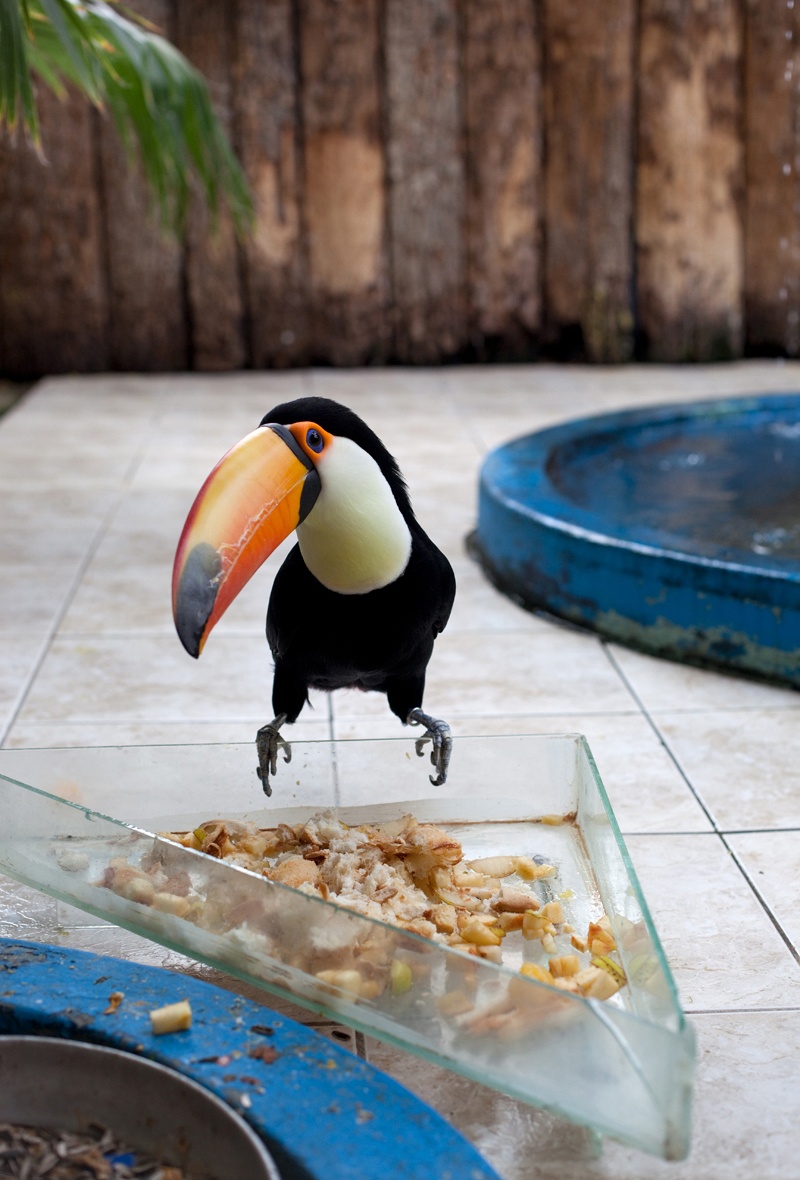
The pandemic was just one challenge to the organizing of a survey exhibition for an artist with a famously idiosyncratic vision of photographic display. Tillmans is well known for hanging prints of varying sizes clipped and pinned to gallery walls in arrangements that achieve, through startling asymmetries and interruptions, a sense of balance and flow. Since his inaugural 1993 exhibition, at Galerie Buchholz, Cologne, he has exhibited, free of disciplinary hierarchies, conventional photographs alongside notes, drawings, photocopy collages, and magazine pages. This array is partly what makes his work feel so capacious; as Tillmans himself has put it, his roomy installations are “always a world that I want to live in.” The MoMA team spent years studying the strategies he employed in every one of his prior shows. “Wolfgang is someone for whom exhibition and installation making are the very grammar of his practice,” Phil Taylor, a former curatorial assistant at MoMA who helped organize the exhibition, told me. Saying something new about Tillmans’s work required learning his language.
The pandemic was just one challenge to the organizing of an exhibition for an artist with a famously idiosyncratic vision of display.
Unusually for a photographer, that language is very often verbal, and so, in addition to the wide range of literature on display in the galleries, from early zines and journal pages to the collection of news articles and artist texts known as Truth Study Center (2005–ongoing), the exhibition is accompanied by two publications, a catalog and a reader. The latter grew in scope over the pandemic, when the curatorial team was unable to travel or work in the galleries, to encompass brief essays by the artist, interviews, Instagram posts, playlists, and even spam emails.
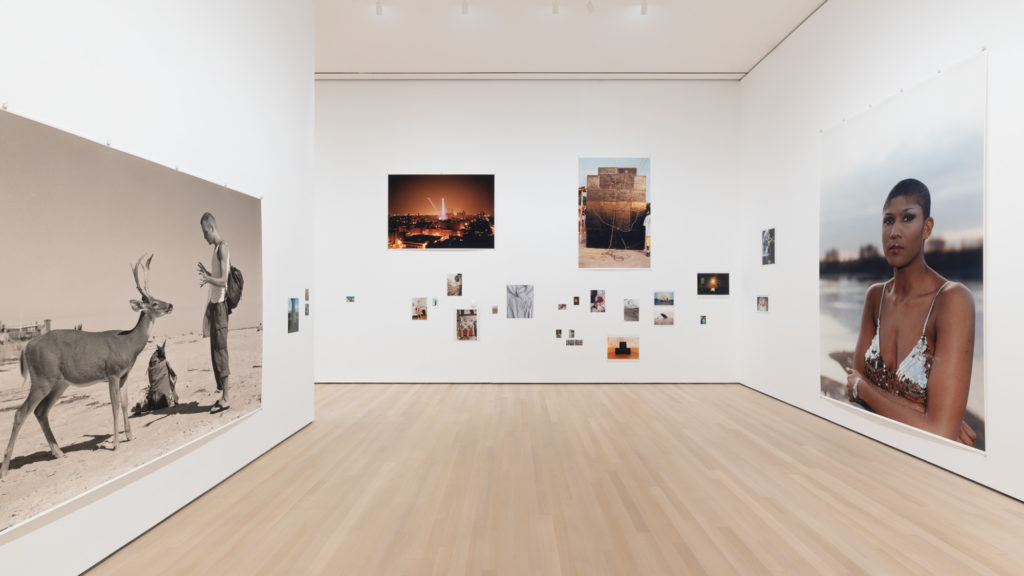
“It is the installations that I have always understood to be the actual works,” Tillmans writes in the accompanying catalog. At first, visitors to the exhibition may feel overwhelmed by the diversity of materials included. In addition to photographs and text, there are movingimage works from the past twenty years and a room screening the music videos for Tillmans’s 2021 studio album, Moon in Earthlight. Yet this screening room is one of many moments of respite in the sprawling show, which, like all of Tillmans’s installations, aims to be an inviting social space. This approach is a manifestation of what Marcoci calls his “ethics of care”: his steadfast belief that art can prompt us to reflect on lived political and social realities while also making us feel safe and loved. It extends from his tender images to his decades-long commitment to activist causes such as LGBTQIA and immigrant rights. For Tillmans, photographs are no more precious than the world in which they circulate.
“Wolfgang thinks about the photographic print as akin to a body,” Taylor says, “and focuses on the borders, the edges of photographs, the negative spaces, the intervals between images.” The social dimension of his work exists both in these paper margins and in the dynamic spaces where these photographic bodies come together. Like a body, the show has been subject to changes—“a living entity,” as Marcoci says. If such open-endedness seems anathema to MoMA’s reputation as the gatekeeper of modernism, it’s also reflective of the way the museum has been changing since the rehang of its permanent collection in 2019. It could even be argued that Tillmans partly inspired the erosion of disciplinary hierarchies there. These changes made possible many close relationships, and, like Tillmans’s work, they will create space for new ones.

All photographs courtesy the artist; David Zwirner; Galerie Buchholz, Berlin/Cologne; and Maureen Paley, London
“I want to open up an affirmative space,” Tillmans told the curator Neville Wakefield in 1995. MoMA’s survey is proof that in the ensuing decades he has accomplished even more. “To look without fear” perhaps means to look without worrying about what will be reflected back at you. It’s a form of viewership whose root desire is to engage. This democratic vision of photography can be seen equally in the ways Tillmans gathers text and images together and the ways that bodies commune within them. His work has room enough for us all.
Wolfgang Tillmans: To look without fear is on view at the Museum of Modern Art, New York, through January 1, 2023. This piece originally appeared in Aperture, issue 248, “The 70th Anniversary Issue,” under the column “Backstory.”
